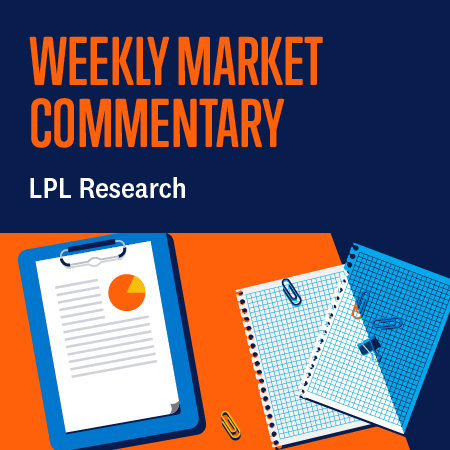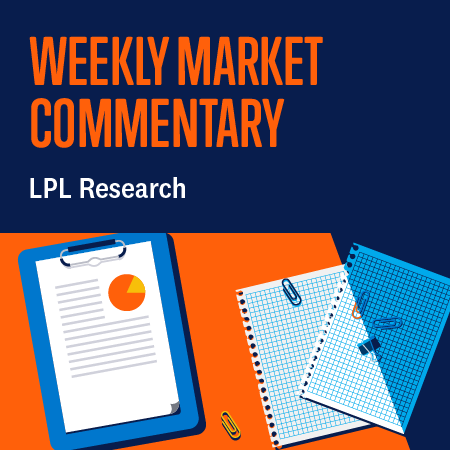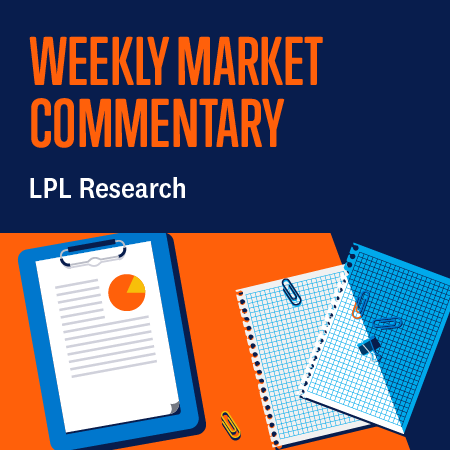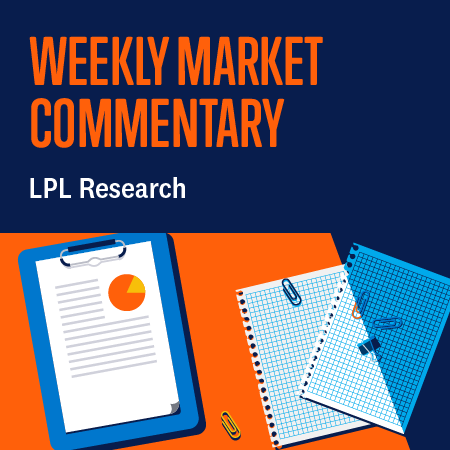With 2025 behind us, it’s a good time to celebrate some of our better forecasts from last year while also reviewing some misses we can learn from. In our view, we got more right than wrong last year, but there were some misses among our tactical asset allocation recommendations. For the second straight year, as the bull market marched on, the most impactful decision we made was probably to recommend investors stay fully invested in equities at benchmark levels throughout the entire year despite elevated valuations.









